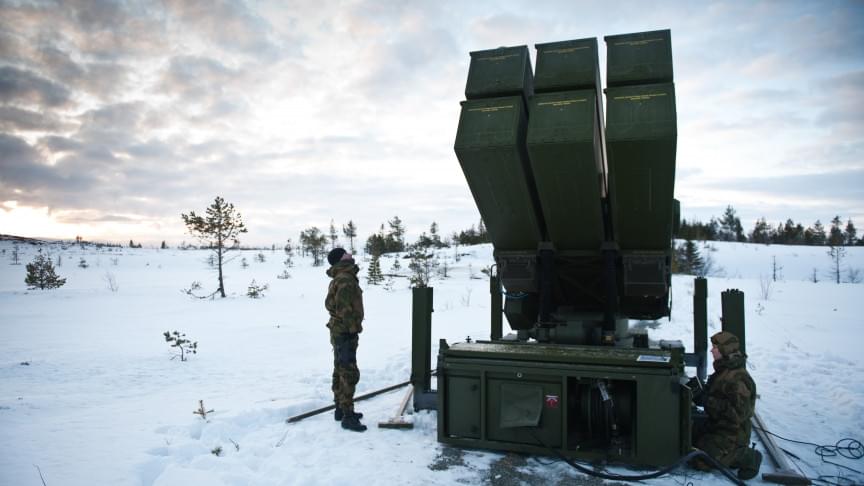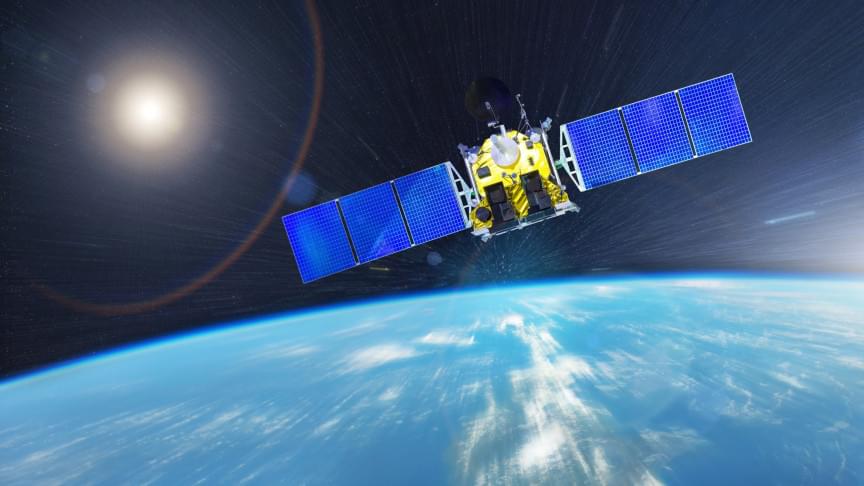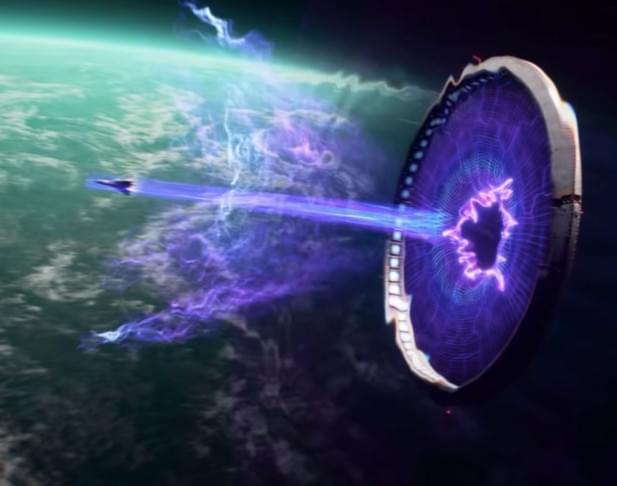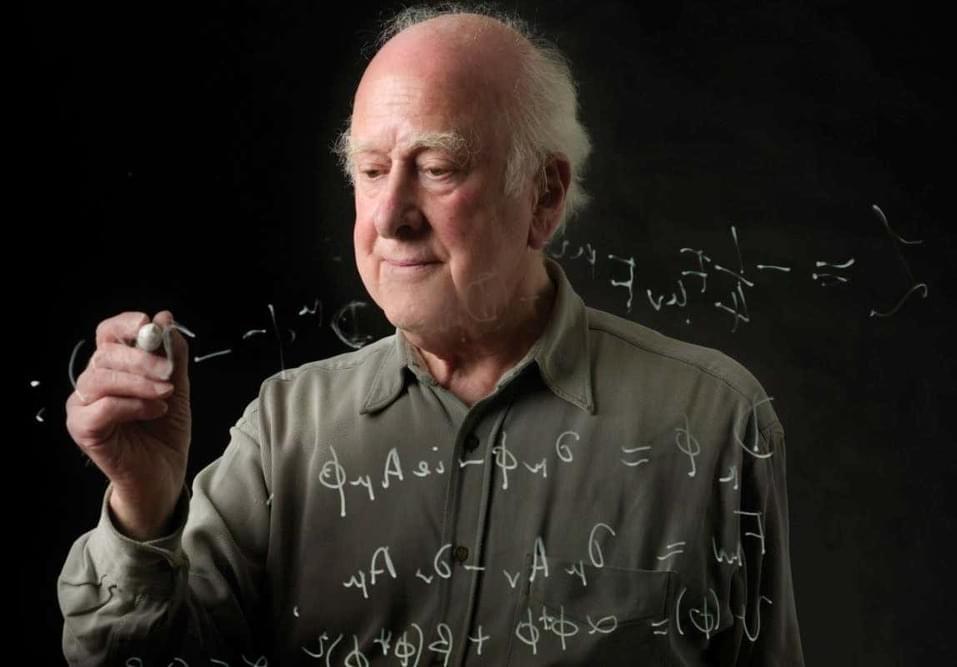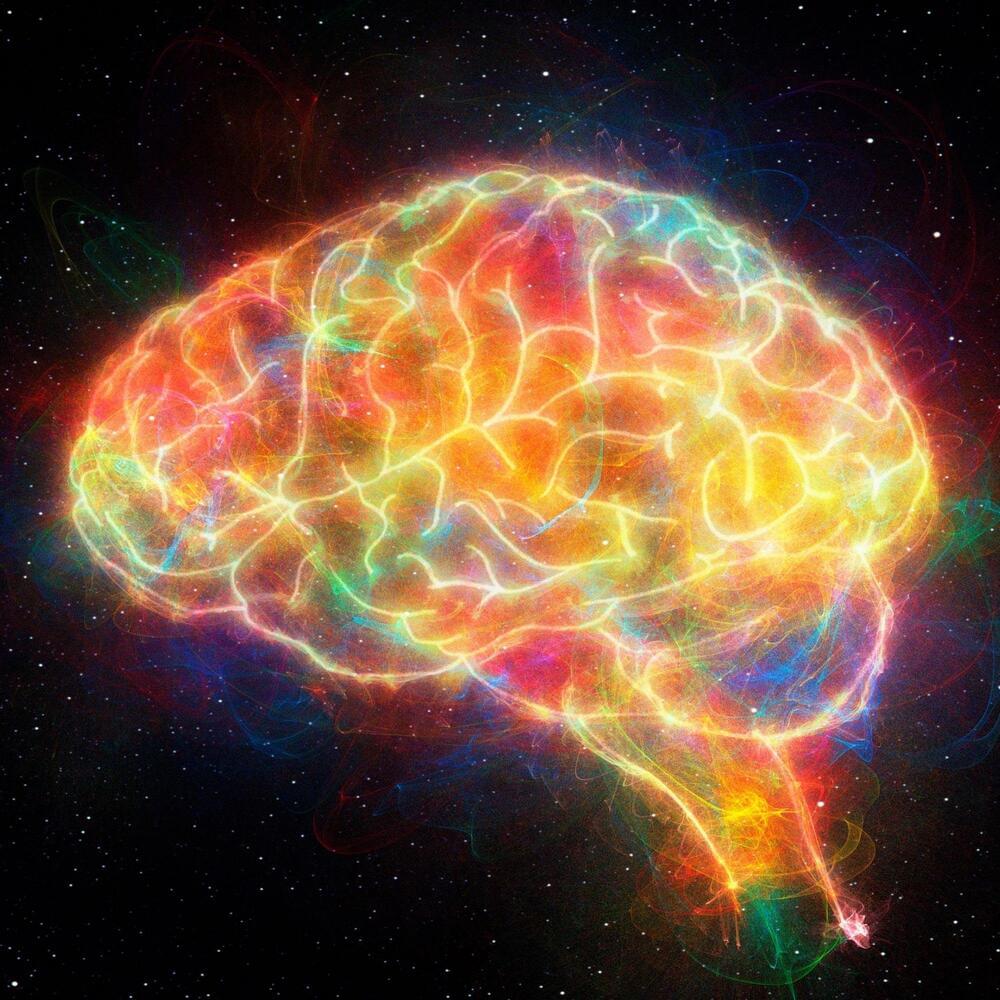A new algorithm developed by University of Chicago researchers can predict crime with about 90% accuracy a week ahead of time.
Spotting wildlife in these dark and dense forests teeming with insects and spiny palms is always challenging. This is because of the very nature of biodiversity in Amazonia, where there is a small number of abundant species and a greater number of rare species which are difficult to survey adequately.
Understanding what species are present and how they relate to their environment is of fundamental importance for ecology and conservation, providing us with essential information on the impacts of human-made disturbances such as climate change, logging, or wood-burning. In turn, this can also enable us to pick up on sustainable human activities such as selective logging – the practice of removing one or two trees and leaving the rest intact.
As part of BNP’s Bioclimate project, we are deploying a range of technological fixes like camera traps and passive acoustic monitors to overcome these hurdles and refine our understanding of Amazonian wildlife. These devices beat traditional surveys through their ability to continuously gather data without the need for human interference, allowing animals to go about their business undisturbed.
The U.S. announced on Friday a new $820 million Ukraine military aid that includes the National Advanced Surface-to-Air Missile System (NASAMS). The Pentagon contract denotes the start of a contracting process for a significant amount of equipment, including four more counter-artillery radars and up to 150,000 rounds of 155mm artillery ammunition, through the Ukraine Security Assistance Initiative.
NASAMS can be quite an unpleasant adversary for tactical aircraft (possibly with the exception of the Su-57), helicopters, drones, subsonic cruise missiles (Caliber, Kh-101, 9M728). Against high-speed targets (from Oniks to Kinzhal) the benefit of this system seems doubtful.
5/— Dmitry Stefanovich (@KomissarWhipla) July 1, 2022
Spoiler alert: this article explains a key plot point, but we don’t give away anything you won’t see in trailers. Thanks to reader Florence, 7, for her questions.
At the beginning of the new Disney Pixar film, Lightyear, Buzz Lightyear gets stranded on a dangerous faraway planet with his commanding officer and crew.
Their only hope of getting off the planet is to test a special fuel. To do that, Buzz has to fly into space and repeatedly try to jump to hyper-speed. But each attempt he makes comes with a terrible cost.
Finding the Higgs boson is the compelling story behind Elusive: How Peter Higgs solved the mystery of mass. But Frank Close’s book lives up to its title as both the man and his particle ultimately slip through the net.
Deep Longevity has published a paper in Aging-US outlining a machine learning approach to human psychology in collaboration with Nancy Etcoff, Ph.D., Harvard Medical School, an authority on happiness and beauty.
The authors created two digital models of human psychology based on data from the Midlife in the United States study.
The first model is an ensemble of deep neural networks that predicts respondents’ chronological age and psychological well-being in 10 years using information from a psychological survey. This model depicts the trajectories of the human mind as it ages. It also demonstrates that the capacity to form meaningful connections, as well as mental autonomy and environmental mastery, develops with age. It also suggests that the emphasis on personal progress is constantly declining, but the sense of having a purpose in life only fades after 40–50 years. These results add to the growing body of knowledge on socioemotional selectivity and hedonic adaptation in the context of adult personality development.


